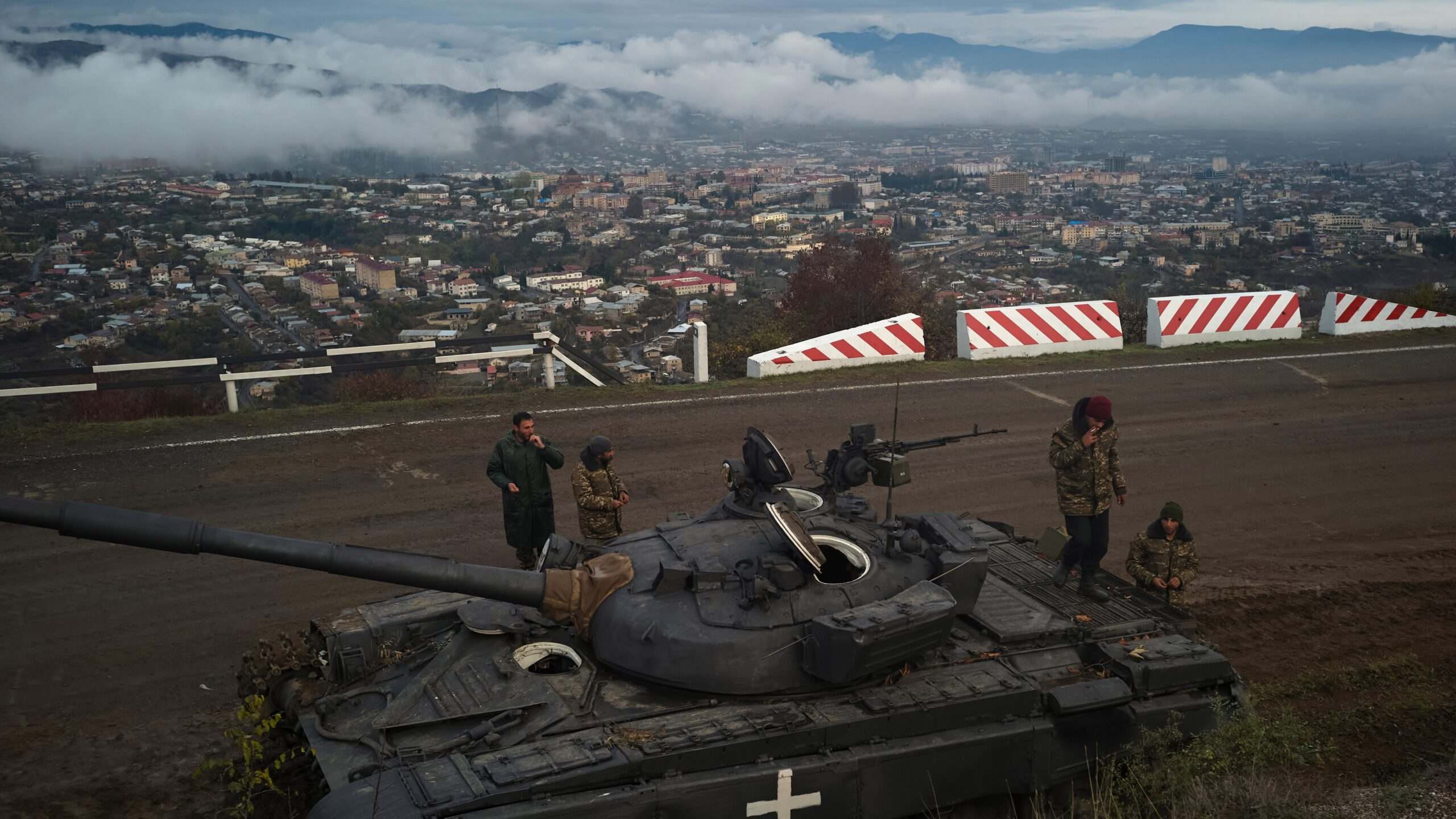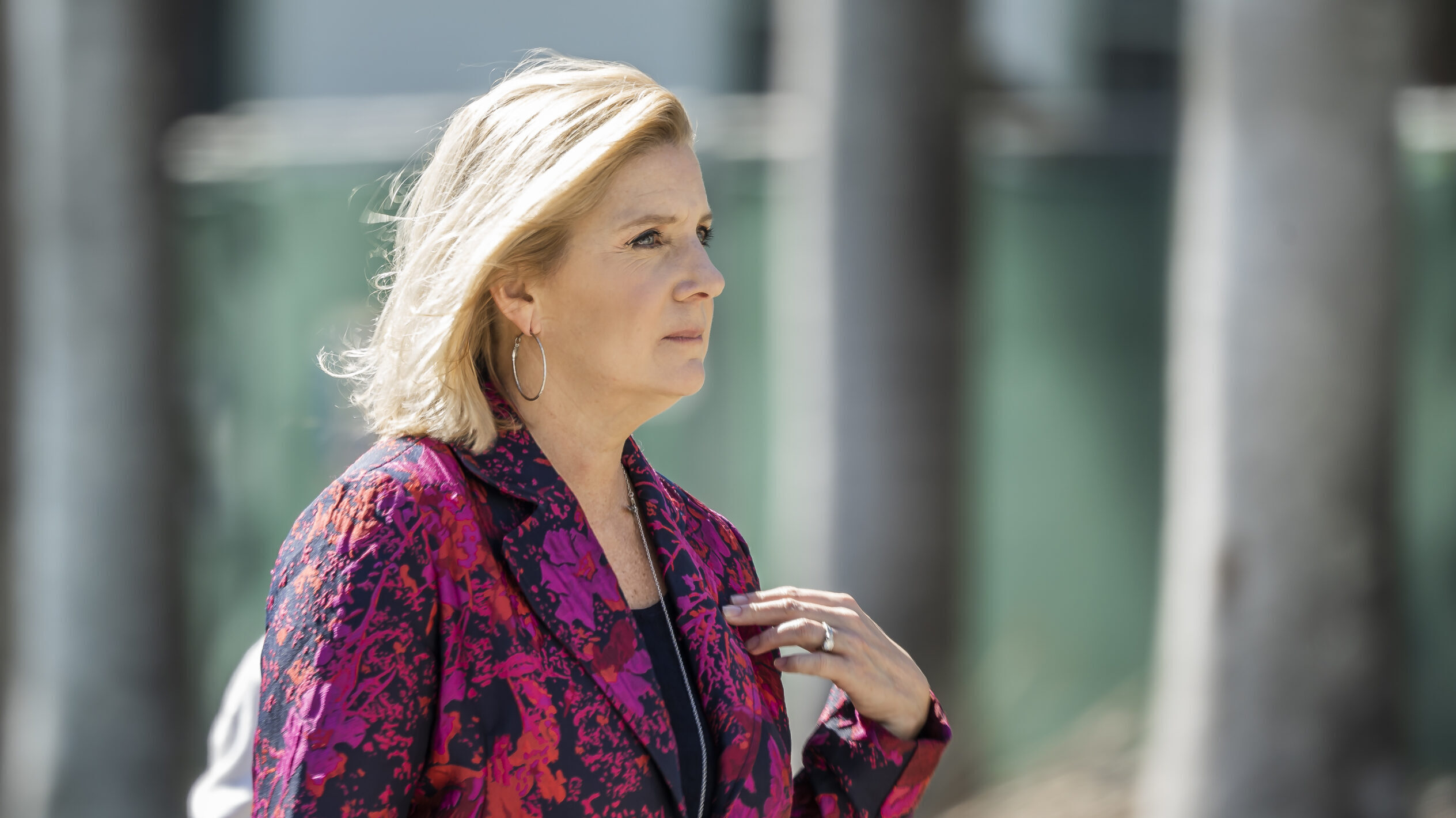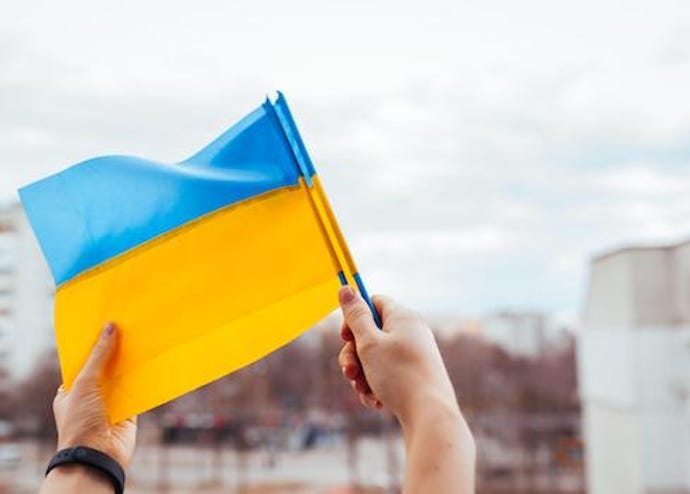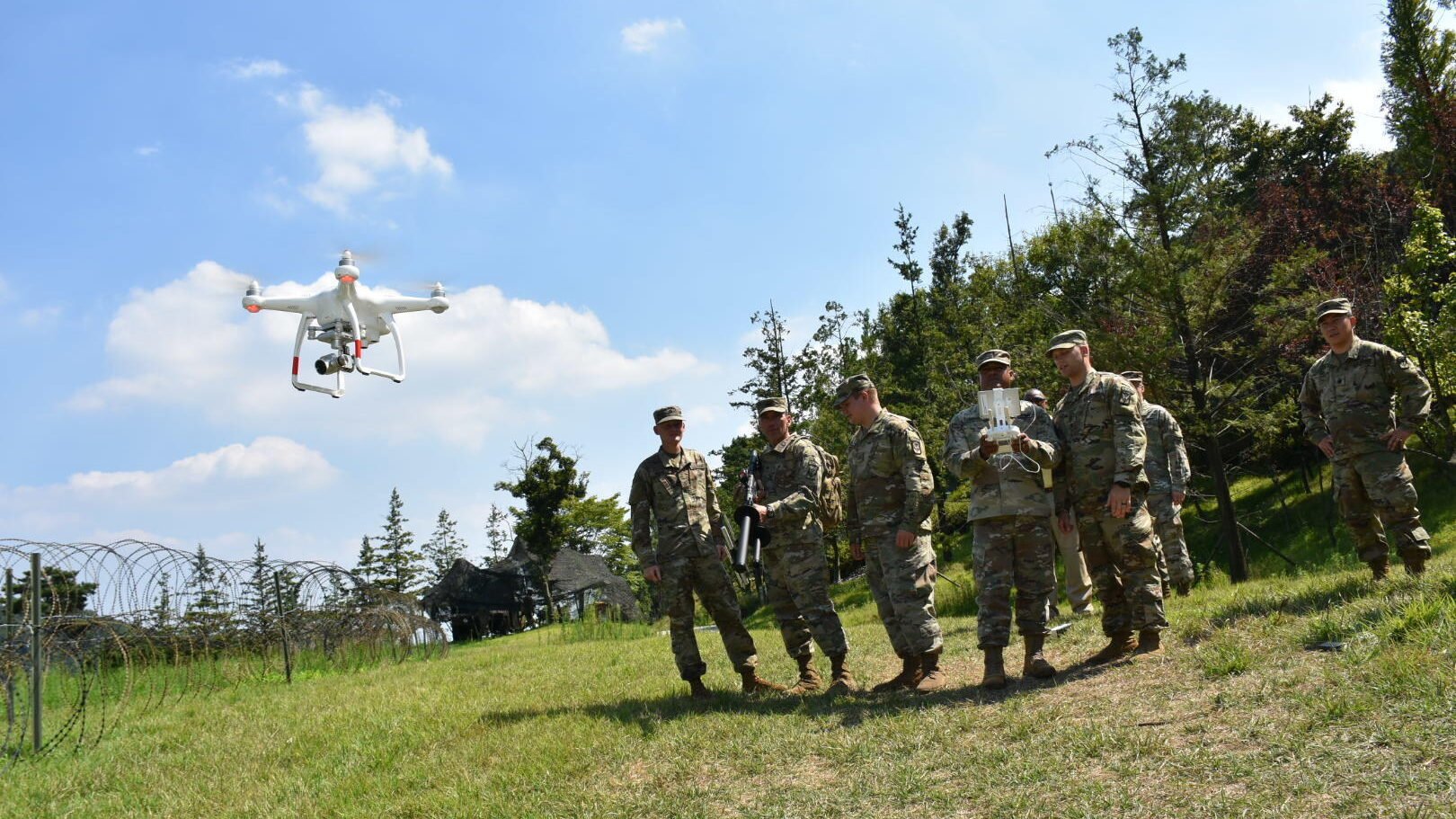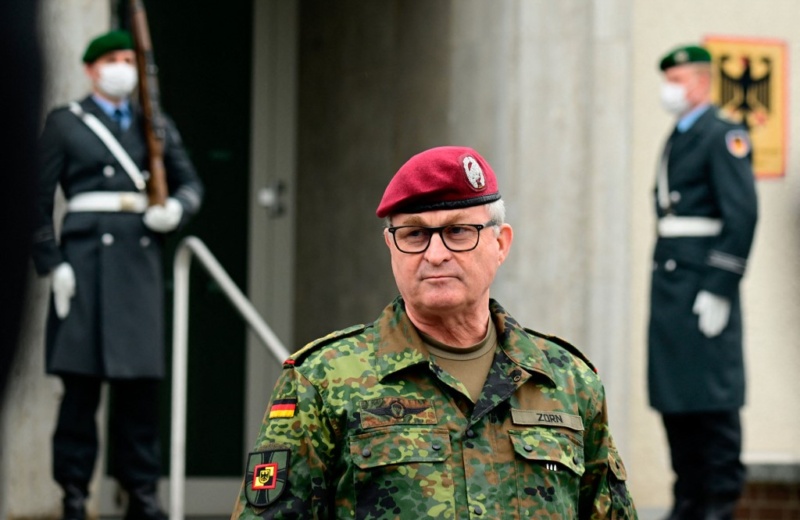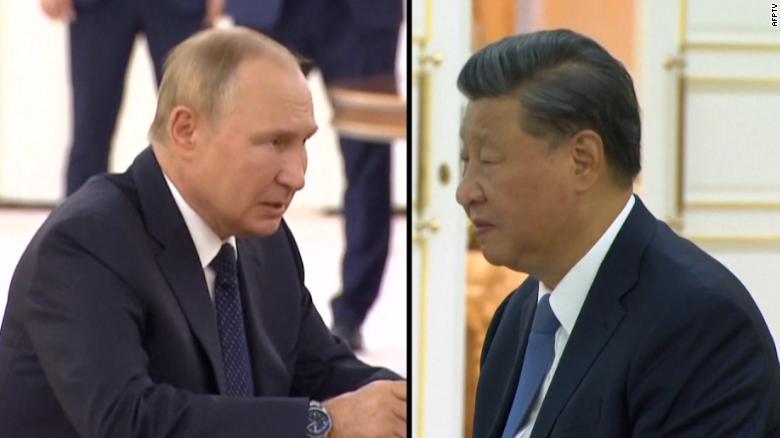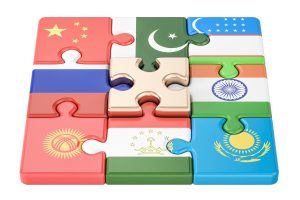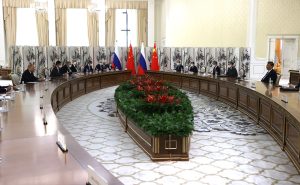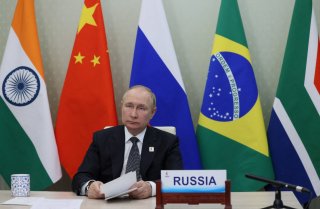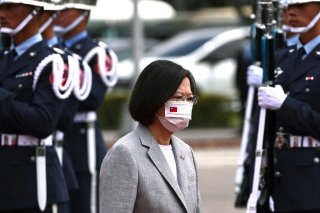Frank Ledwidge
Most people outside Ukraine, even military analysts, have never heard of Oleksander Syrski. But Colonel General Syrski has a claim to being the most successful general of the 21st century so far. The success of this week’s operation in eastern Ukraine – which he commanded – amounts to the most significant Ukrainian victory of the war so far, alongside the 57-year-old military commander’s defeat of Russian forces before the gates of Kyiv in March.
Tactically, the assault towards Kupiansk and Izium was a well planned and superbly executed strike at a weakly held part of the Russian lines. The success can partially be attributed to poor Russian and excellent Ukrainian intelligence.
A Ukrainian official commented: “They are blind, we see everything.” It is likely that this was at least in part due to Ukraine taking temporary control of the air by destroying Russian radars and using their German-supplied Gephard anti-aircraft systems to shoot down their aircraft and drones.

